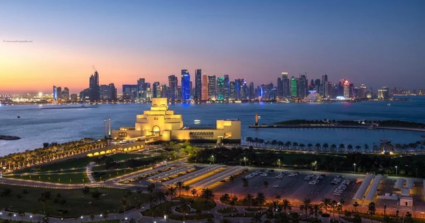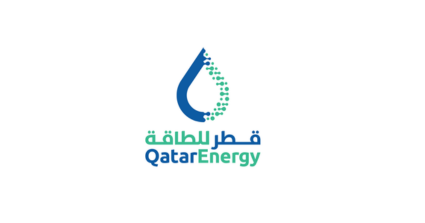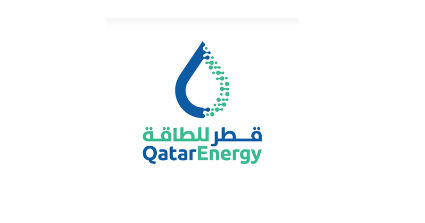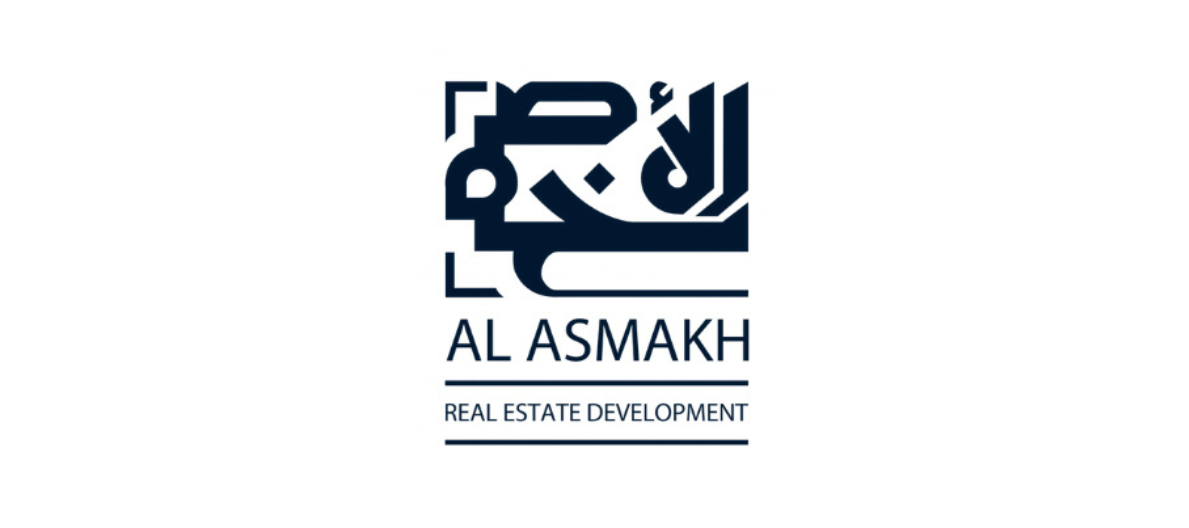The surge in final investment decisions (FIDs) worldwide for new LNG production capacity in 2019 and the downturn in prices in winter 2019/2020, which lasted most of last year, has done nothing to derail Qatar’s LNG ambitions. Plans to develop up to 49mn mt/year of new production capacity over the next six years will cement the country’s position as the world’s dominant LNG producer in a market expected to expand even under accelerated energy transition scenarios. [Gas in Transition, Volume 1, Issue 1]
In February, Qatar Petroleum (QP) formally took the FID on developing the $28.75bn North Field East Project (NFE), which will be the world’s biggest LNG investment to date. The company has been securing regasification capacity in Western Europe, agreeing deals for the construction of a fleet of state-of-the-art LNG carriers and promoting its plans for low carbon LNG production. QP is betting that low production and transportation costs, alongside an attractive carbon emissions profile, will allow it to see off competition from rival producers. The NFE liquefaction plant, which will be developed at Ras Laffan Industrial City, will have production capacity of 33mn mt/year spread over four trains, taking national capacity up to 110mn mt/yr. The onshore engineering, procurement and construction (EPC) contract has been awarded to a joint venture of Chiyoda Corp and Technip Energies. The project is expected to come on stream at the end of 2025, with condensate, sulphur, LPG and helium production in addition to LNG. Carbon profile Reflecting growing buyer preference for low-carbon LNG, Doha is also keen to promote efforts to reduce the project’s greenhouse gas emissions (GHGs). Saad Sherida Al-Kaabi, the Minister of State.
To view the source of this news, please click (here)





